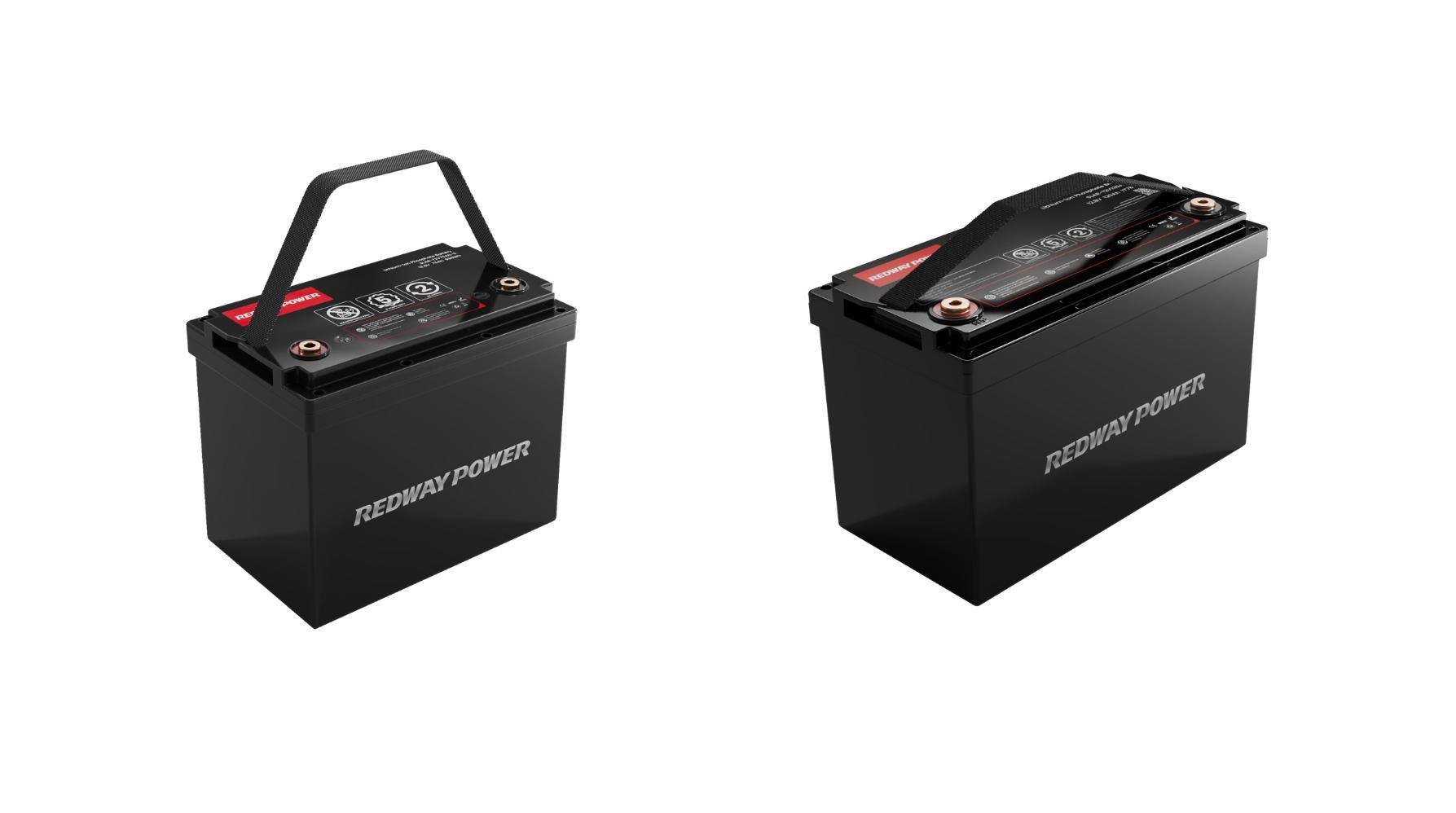
Blog
How Did BCI Batteries Evolve From Early Designs to Modern Applications

BCI (Battery Council International) batteries evolved from early lead-acid designs in the 19th century to advanced AGM (Absorbent Glass Mat) and EFB (Enhanced Flooded Battery) technologies. Innovations in materials, manufacturing, and standardization by BCI enabled their adaptation to modern automotive, renewable energy, and industrial applications, balancing power, durability, and environmental demands.
What Are the Origins of BCI Battery Standards?
BCI battery standards originated in the early 20th century to unify automotive battery specifications. The Battery Council International, founded in 1924, established guidelines for size, voltage, and performance, ensuring compatibility across vehicles. These standards addressed early challenges like inconsistent terminal designs and variable capacities, paving the way for reliable mass-produced batteries.
How Did Lead-Acid Technology Influence Early BCI Batteries?
Early BCI batteries relied on lead-acid chemistry, invented by Gaston Planté in 1859. This technology provided high surge currents, crucial for starting internal combustion engines. By the 1920s, lead-acid became the backbone of automotive batteries, with BCI optimizing plate design and electrolyte composition to enhance lifespan and cold-cranking amps (CCA).
What Role Did BCI Play in Automotive Battery Standardization?
BCI standardized group sizes (e.g., Group 24, Group 31), terminal placements, and CCA ratings. This eliminated compatibility issues between vehicles and batteries, streamlining manufacturing and repairs. For example, BCI Group 49 batteries became the norm for luxury cars, while Group 65 dominated trucks, ensuring predictable performance across brands.
The introduction of standardized group sizes allowed automakers to design vehicles with precise battery compartments, reducing wasted space and improving safety. Collaboration with organizations like SAE International further refined testing protocols, ensuring batteries met rigorous vibration and temperature resistance criteria. By the 1960s, over 90% of U.S. vehicles adhered to BCI standards, slashing repair times and simplifying aftermarket sales. Today, BCI group codes are embedded in parts catalogs globally, with updates like the 2017 expansion of Group H6 and H7 sizes accommodating advanced electronics in hybrid vehicles.
| BCI Group | Typical Application | Voltage | CCA Range |
|---|---|---|---|
| Group 24 | Mid-size sedans | 12V | 600-800 |
| Group 31 | Marine/RVs | 12V | 800-1000 |
| Group 49 | Luxury vehicles | 12V | 700-950 |
When Did AGM and EFB Technologies Transform BCI Batteries?
AGM and EFB technologies emerged in the 2000s to meet demands for start-stop systems and renewable energy storage. AGM batteries, with fiberglass mat separators, offered spill-proof construction and faster recharge cycles. EFB batteries, a mid-tier option, provided enhanced cycling durability over traditional flooded batteries, aligning with Europe’s expanding start-stop vehicle market.
Know more:
What Is a BCI Battery? Understanding Standards and Applications
How Do BCI Batteries Differ Technically from Other Battery Types?
How Did BCI Batteries Evolve From Early Designs to Modern Applications
How to Choose the Right BCI Battery for Your Vehicle?
What Is the Core Technology Behind BCI Batteries?
Why Are BCI Batteries the Top Choice for Green Energy Solutions?
Why Are Modern BCI Batteries Critical for Electric Vehicles (EVs)?
Modern BCI-compatible batteries support auxiliary systems in EVs, like 12V networks for lighting and infotainment. While EVs use lithium-ion traction batteries, BCI standards ensure secondary lead-acid or lithium batteries integrate seamlessly. For instance, Tesla’s 12V systems rely on BCI Group 51R batteries for reliability, demonstrating hybrid energy architectures.
In EVs like the Ford Mustang Mach-E, BCI batteries power critical safety systems such as braking assist and emergency communications. Their ability to deliver stable voltage in extreme temperatures (-30°C to 60°C) makes them indispensable. Recent developments include lithium-iron-phosphate (LFP) BCI batteries in the Tesla Cybertruck, offering 15-year lifespans—tripling traditional lead-acid performance. As automakers adopt 48V architectures for mild hybrids, BCI’s new GC12 standard addresses higher energy demands while maintaining backward compatibility with existing charging systems.
How Have Environmental Regulations Shaped BCI Battery Development?
Stricter regulations on lead emissions and recycling pushed BCI to innovate closed-loop systems. The BCI’s “Environmental Protection Program” mandates 99% lead recovery from spent batteries. This drove adoption of AGM batteries, which use sealed designs to minimize acid leakage and align with EPA guidelines, reducing hazardous waste.
What Future Trends Will Redefine BCI Battery Applications?
Future trends include integration with lithium-ion hybrids, AI-driven battery management systems (BMS), and solid-state electrolytes. BCI is collaborating with SAE International to standardize 48V mild-hybrid systems, which require batteries with higher energy density. Additionally, recycling innovations aim to recover lithium and rare metals, expanding BCI’s role in circular economies.
Expert Views
“BCI batteries are undergoing a silent revolution. While lithium-ion grabs headlines, advancements in lead-carbon and dual-carbon systems are bridging the gap between cost and performance. The next decade will see BCI standards adapting to multi-chemistry platforms, ensuring compatibility in an era of diversified energy storage.” — Dr. Elena Torres, Automotive Energy Systems Analyst
Conclusion
From standardizing early automotive batteries to enabling modern hybrid systems, BCI batteries have evolved through relentless innovation. Their development reflects broader shifts toward sustainability, electrification, and smart energy management, ensuring their relevance in a rapidly changing technological landscape.
FAQs
- Does BCI Certify Lithium-Ion Batteries?
- Yes. BCI now certifies lithium-ion batteries under its L-Series standards, ensuring compatibility with traditional group sizes and voltage requirements.
- Are BCI Batteries Used in Solar Power Systems?
- Absolutely. BCI’s GC2 (Group 2) deep-cycle batteries are widely used in off-grid solar installations due to their high reserve capacity and cyclic durability.
- How Often Should BCI Batteries Be Replaced?
- Typical lifespan is 3–5 years for flooded batteries and 5–7 years for AGM/EFB types, depending on usage and maintenance. Regular voltage checks and cleaning terminals can extend longevity.



